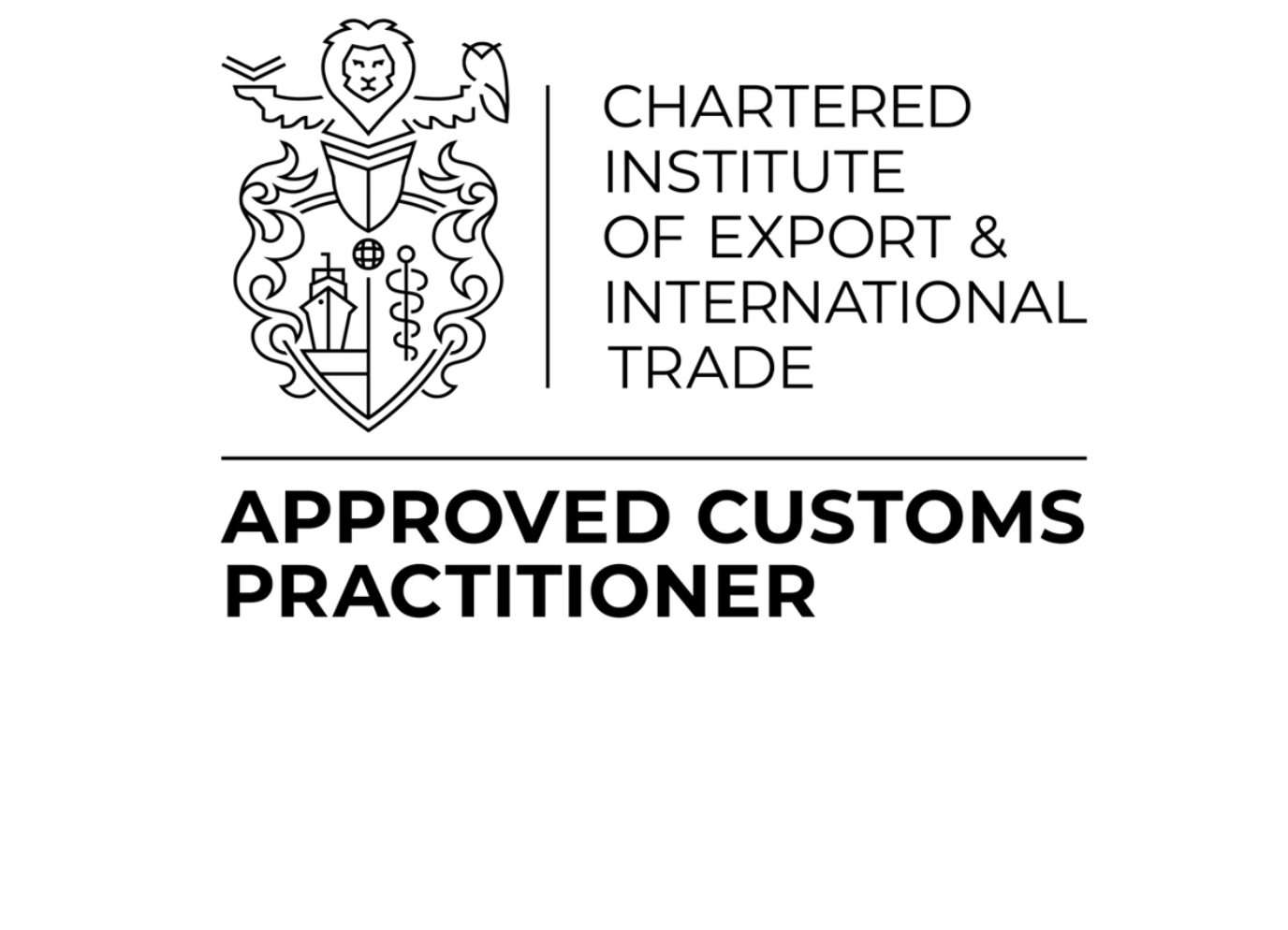ICS2: The Next Phase in EU Customs Control – Are You Ready?
ICS
ICS2: The Next Phase in EU Customs Control – Are You Ready?
The European Union’s Import Control System 2 (ICS2) is rapidly transforming how goods are moved across its borders. Introduced to modernise and reinforce the EU’s approach to border safety and security. ICS2 requires businesses to submit detailed information on shipments before they even reach the EU’s external borders. For many in the supply chain, from freight forwarders to road hauliers, the transition is far from trivial but failing to prepare could result in delays, increased costs and penalties for non-compliance.
A System Designed for Security and Transparency
ICS2 replaces the older Import Control System (ICS) with a more advanced digital platform that allows for pre-arrival risk assessments. This means customs authorities can identify high-risk shipments early, often before goods are even loaded onto the vessel or vehicle bound for the EU.
The system applies not only to goods destined for the EU but also to those transiting through it. ICS2 is being adopted by all EU Member States, Norway, Switzerland, and Northern Ireland, and it impacts virtually every mode of transport including air, sea, road, and rail across various phases of implementation.
The Rollout: Where Are We Now?
The European Commission has planned the ICS2 rollout in three phases:
- March 2021: Lodgement of pre-loading minimum data set for air express and postal consignments.
- March 2023: Complete Entry Summary Declaration (ENS) dataset for all goods in air transport
- June 2024: Maritime and inland waterway carriers.
- December 2024 Maritime and inland waterway house level filers.
- September 1 2025: ICS1 will be phased out entirely , and ICS2 data safety and security requirements will become fully mandatory across all modes of transport—air, maritime, road, and rail.
Looking ahead, Phase 3 is on the horizon, and it's particularly relevant to those involved in road, and rail freight. This phase will impose new obligations on road hauliers, and rail operators. Most of these stakeholders are now racing to align their operations with the new requirements before the final deadlines hit in September 2025 and 2026.
What’s Changing Under ICS2?
At the heart of ICS2 is the requirement for advanced electronic submission of Entry Summary Declarations. These declarations are far more detailed than their predecessors. They require not just transport information, but also specific consignment level data such as the 6-digit HS code, the EORI number of the consignee, and a clear description of the goods. Generic labels like "parts" or "samples" are no longer acceptable.
Another fundamental change is the multi-filing approach. Unlike the previous system where a single party typically submitted the ENS, ICS2 allows multiple entities such as carriers and freight forwarders to submit parts of the same declaration. This modular filing model means coordination between supply chain actors is more critical than ever.
To facilitate these submissions, the EU has launched a centralised platform known as the Shared Trader Interface (STI). Operators must either integrate their systems with the STI or access it through the EU Customs Trader Portal, which requires registration through the Self-Service Portal (SSP). Without these steps, traders won’t be able to legally submit the necessary data, potentially holding up shipments at the border.
Why Compliance Matters Now More Than Ever
The penalties for non-compliance with ICS2 go beyond administrative headaches. Submitting incorrect or incomplete information can lead to customs authorities blocking cargo from being loaded at the origin, detaining goods upon arrival, or issuing financial penalties. For just-in-time supply chains, these disruptions can have ripple effects far beyond a single missed delivery.
Phase 3 of ICS2 will significantly affect international road hauliers, and rail logistics operators. All of them must begin aligning their systems, staff, and workflows with ICS2 requirements immediately. Given the complexity of shipping documentation and the often-fragmented nature of the transport industry, this will likely require internal audits, IT upgrades, and enhanced communication with third-party logistics providers.
Looking Ahead: A Call to Action
For UK and global businesses moving goods into or through the EU, the clock is ticking. ICS2 is not a temporary pilot or a soft rollout. It is now the standard. The EU has made it clear that operators failing to comply will face serious consequences, and no grace period is expected when Phase 3 begins.
Now is the time for businesses to evaluate their current customs compliance procedures. Mapping out who within the supply chain is responsible for submitting each component of the ENS declaration is essential. Investment in software or customs broker services that can interface with the STI will also be necessary. Teams must be trained on ICS2 data standards and terminology to avoid errors that could lead to costly delays.
ICS2 marks a major step forward in digital customs enforcement. It is not just a matter of ticking boxes. This is a shift toward real-time trade visibility, proactive risk control, and deeper collaboration across the global logistics chain. For businesses prepared to embrace the change, ICS2 offers the potential for smoother trade, fewer delays, and improved security. For those who aren’t, disruption awaits.
If you’re unsure where to begin, or if you’d like support navigating ICS2 requirements, feel free to reach out to our customs team. We’re here to help you stay ahead.
ICS2 CABIE PORTAL
We're excited to announce that we’re working on a new CABIE ICS Portal to make it easier for you to submit your ICS2 Safety and Security declarations for goods entering the EU. Whether your goods are moving as accompanied or unaccompanied through GVMS ports, this new portal has you covered.
You’ll be able to pull in data straight from an Export Accompanying Document (EAD). If you’re already using CABIE with a UK EORI number, you can simply enter the MRN. Either way, it’s a quick and straightforward way to get your consignment details into the declaration.
The new CABIE ICS2 subscription service is now live !
.png?width=150&height=150&name=EORI%20LOGO%202025%20(6).png)

-2.png)
